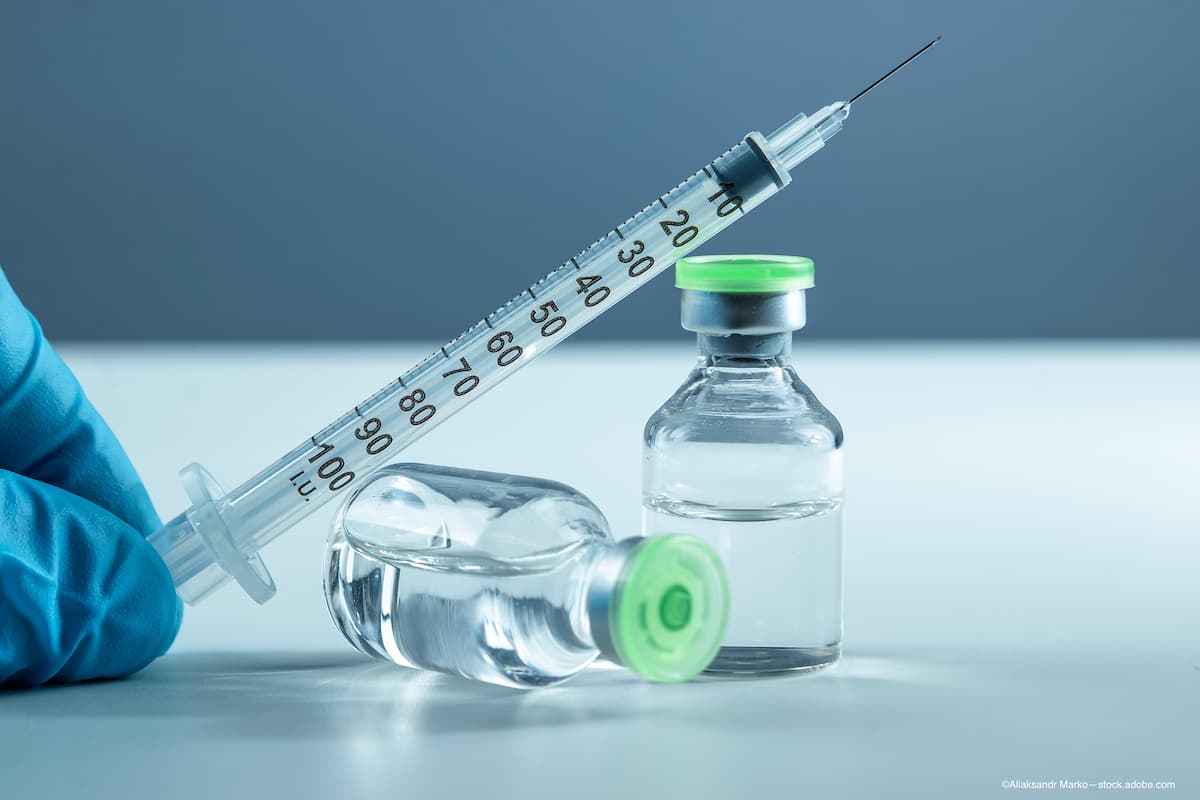Phase 1 safety data for subcutaneous anti-VEGF candidate for wet AMD, DME presented at ARVO
The data presented at ARVO showed single subcutaneous doses of D-4517.2 were safe, well-tolerated in healthy subjects.

Presented at the Association for Research in Vision and Ophthalmology (ARVO), Phase 1 safety data of lead candidate D-4517.2 from Ashvattha Therapeutics’ (“Ashvattha”), a clinical stage company developing hydroxyl dendrimer therapeutics, indicated that the subcutaneous anti-VEGF candidate is safe and well-tolerated in healthy patients at dose levels of 0.25 mg/kg, 0.50 mg/kg and 1.0 mg/kg. D-4517.2, a potent VEFGR/PDGFR tyrosine kinase inhibitor conjugated to a hydroxyl dendrimer, is a candidate for the treatment of wet age-related macular degeneration (AMD) and diabetic macular edema (DME).
Phase 1 study of healthy human participants consisted of three cohorts: 0.25 mg/kg, 0.50 mg/kg and 1.0 mg/kg subcutaneous doses of D-4517.2. The results demonstrated good tolerability. Adverse events were limited to mild transient injection site reactions, which will be addressed with injection method changes. No significant changes in safety labs or other adverse reactions to the treatment were reported.
“We are encouraged by the safety and tolerability data on D-4517.2 from the three cohorts and are currently recruiting the fourth cohort at a dose level of 2.0 mg/kg, and plan on initiating a Phase 2 study in wet AMD and DME patients in the coming weeks,” said Jeffrey Cleland, PhD, Chairman, CEO & President of Ashvattha Therapeutics. “Current treatments for wet AMD and DME, degenerative retinal diseases, require invasive, intravitreal injections into the eye, which can be a treatment burden on patients and doctors. We are advancing this first-in-class therapy to enable patients the convenience of self administration with an autoinjector up to once a month in the comfort of their home.”
The doses for clinical trials—0.25 mg/kg, 0.50 mg/kg and 1.0 mg/kg—were determined after analyzing preclinical efficacy studies and allometric scaling to humans. D-4517.2 showed no evidence of genotoxicity in animal toxicology studies, and it demonstrated local reversible changes at the injection site when administered at dosages several times higher than the effective dose range determined for humans. The dose range in humans may provide comparable effects to those observed in the choroidal neovascular (CNV) mouse model.
Hydroxyl dendrimers (HDs), such as D-4517.2, selectively target underlying CNV lesions, which are part of AMD and DME pathology. Then, HDs are selectively taken up by macrophages, microglia and hypertrophic retinal pigment epithelial (RPE) cells. After a single systemic dose, the HDs are retained in the lesion for at least 1 month. Comparable VEGFR/PDGFR tyrosine kinase inhibitors suppress neovascularization in animals and humans, but fail to meet target toxicity when administered systematically.
By covalently linking the tyrosine kinase inhibitor to D-4517.2, Ashvattha is creating a new chemical entity that holds the potential to end toxicity issues without sacrificing potency. In vitro studies in a retinal pgment cell line with D-4517.2 demonstrated restoration of VEGF mRNA to normal, healthy levels. D-4517.2 has renal clearance with no significant exposure to the liver or detectable metabolism, which has been observed with other clinical stage HDs.
Ashvattha intends to submit a New Drug Application (NDA) in mid-2022 for D-4517.2. The Phase 2 study evaluating D-4517.2 in patients with neovascular AMD and DME is expected to begin in mid-2022 as well.
The ARVO poster was entitled “Safety and Tolerability of a Single Subcutaneous Dose of Anti-Angiogenesis Drug to Treat Neovascular Age-related Macular Degeneration (wet AMD) and Diabetic Macular Edema (DME).
Newsletter
Keep your retina practice on the forefront—subscribe for expert analysis and emerging trends in retinal disease management.